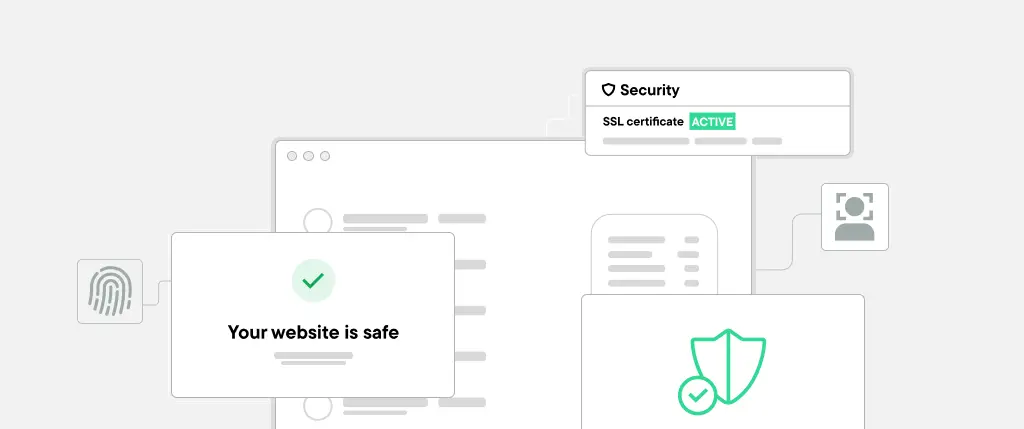The internet is responsible for approximately 3.7% of global carbon emissions—almost as much as the airline industry. With millions of websites relying on energy-intensive data centers, the environmental impact of web hosting is more significant than many realize.
This is where green hosting comes in. By using renewable energy sources and carbon offset programs, eco-friendly web hosting companies reduce their carbon footprint while providing high-performance hosting solutions. But green hosting isn’t just about sustainability—it can also save businesses money through energy efficiency and improved brand reputation.
In this guide, we’ll explore how green hosting works, why it benefits both the planet and your business, and how to choose an eco-friendly hosting provider for your WordPress website.
What is Green Hosting?
Green hosting refers to web hosting services that use renewable energy or implement eco-friendly initiatives to reduce their environmental impact. Unlike traditional hosting, which relies on fossil fuels to power massive data centers, green hosting providers use:
- Solar, wind, or hydroelectric energy to power servers.
- Carbon offset programs to neutralize emissions.
- Energy-efficient data centers with optimized cooling systems.
How Traditional Web Hosting Affects the Environment
Data centers consume huge amounts of electricity to keep servers running 24/7. This leads to:
- High carbon emissions from non-renewable energy sources.
- Increased electronic waste from outdated servers.
- Massive cooling requirements that drive up energy use.
Green Hosting vs. Traditional Hosting
| Feature | Traditional Hosting | Green Hosting |
|---|---|---|
| Energy Source | Fossil fuels | Renewable energy (solar, wind, hydro) |
| Carbon Emissions | High | Reduced or neutralized |
| Cost | Varies, often higher over time | More cost-efficient in the long run |
| Sustainability | No focus on eco-friendliness | Actively reduces environmental impact |
How Green Hosting Works
1. Renewable Energy-Powered Data Centers
Many green hosting providers operate servers using 100% renewable energy, reducing their carbon footprint significantly. This includes:
- Solar-powered data centers in sunny regions.
- Wind-powered hosting farms generating sustainable electricity.
- Hydroelectric-powered facilities leveraging water energy.
2. Carbon Offset Programs
Some hosting companies purchase carbon credits to counteract their emissions. This funding supports:
- Tree-planting initiatives.
- Renewable energy research.
- Energy conservation projects.
3. Energy-Efficient Infrastructure
Green hosting providers optimize their servers for lower energy consumption, using:
- SSD (Solid State Drive) storage for efficiency.
- Server virtualization to reduce physical infrastructure.
- AI-powered cooling systems that adjust temperature dynamically.
4. Certifications for Green Hosting Providers
Look for these certifications when choosing a green host:
- EPA Green Power Partner (USA)
- Green-e Certification
- ISO 14001 Environmental Management Certification
Business Benefits of Green Hosting
1. Cost Savings Through Energy Efficiency
Eco-friendly hosting providers often have lower operational costs due to their energy-efficient infrastructure, which translates to:
- Lower hosting costs for customers.
- Reduced electricity expenses over time.
2. Boosting Brand Reputation
Consumers prefer brands that prioritize sustainability. Using green hosting can:
- Improve brand credibility and trust.
- Appeal to eco-conscious customers.
- Strengthen corporate social responsibility efforts.
3. Compliance With Environmental Regulations
Businesses in certain industries must meet sustainability standards. Green hosting can help companies stay compliant with environmental policies and avoid potential fines.
Best Practices for Choosing a Green Hosting Provider
1. Key Features to Look For
When selecting a green hosting provider, consider:
- 100% renewable energy use
- Carbon offset initiatives
- Energy-efficient hardware
- Transparent sustainability policies
2. Recommended Green Hosting Providers
Here are some top-rated eco-friendly hosting companies:
- GreenGeeks – 300% renewable energy offset.
- SiteGround – Google Cloud-powered, carbon-neutral hosting.
- DreamHost – Energy-efficient infrastructure.
- A2 Hosting – Carbon-neutral hosting with optimized performance.
3. How to Migrate Your WordPress Site to a Green Host
Moving your WordPress website to an eco-friendly hosting provider is simple:
- Backup your website using a plugin like UpdraftPlus.
- Choose a green hosting provider and sign up for a plan.
- Use a migration plugin like All-in-One WP Migration to transfer files.
- Update your DNS settings to point to the new host.
- Test your website to ensure everything works smoothly.
Conclusion
Switching to green hosting is a powerful way to reduce your website’s environmental impact while saving money and improving brand reputation.
- Green hosting providers use renewable energy and energy-efficient infrastructure.
- Businesses benefit from cost savings, sustainability, and customer trust.
- Migrating to a green host is simple and ensures long-term sustainability.
If you’re serious about making a difference, consider moving your WordPress site to a green hosting provider today. It’s a win-win for both your business and the planet!




